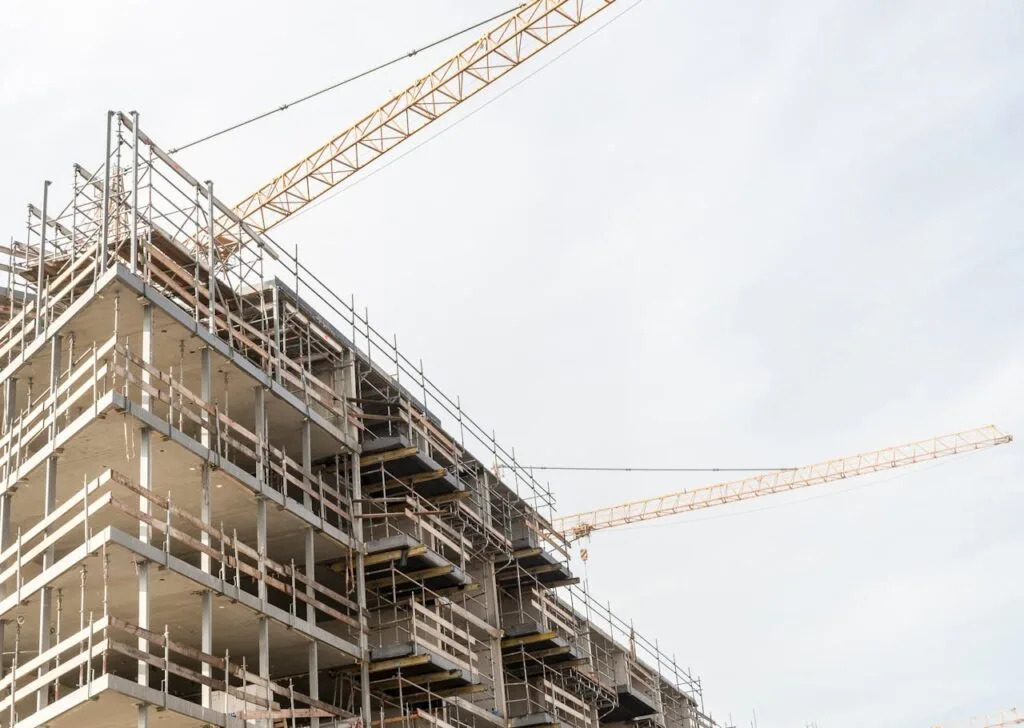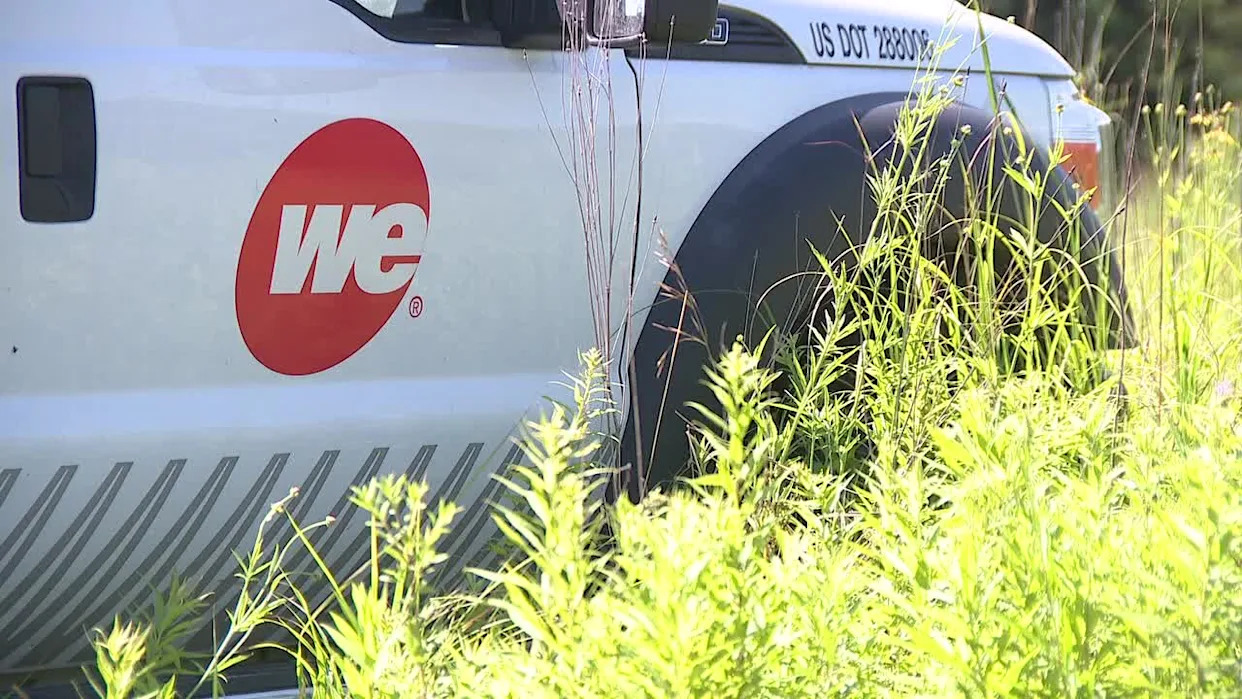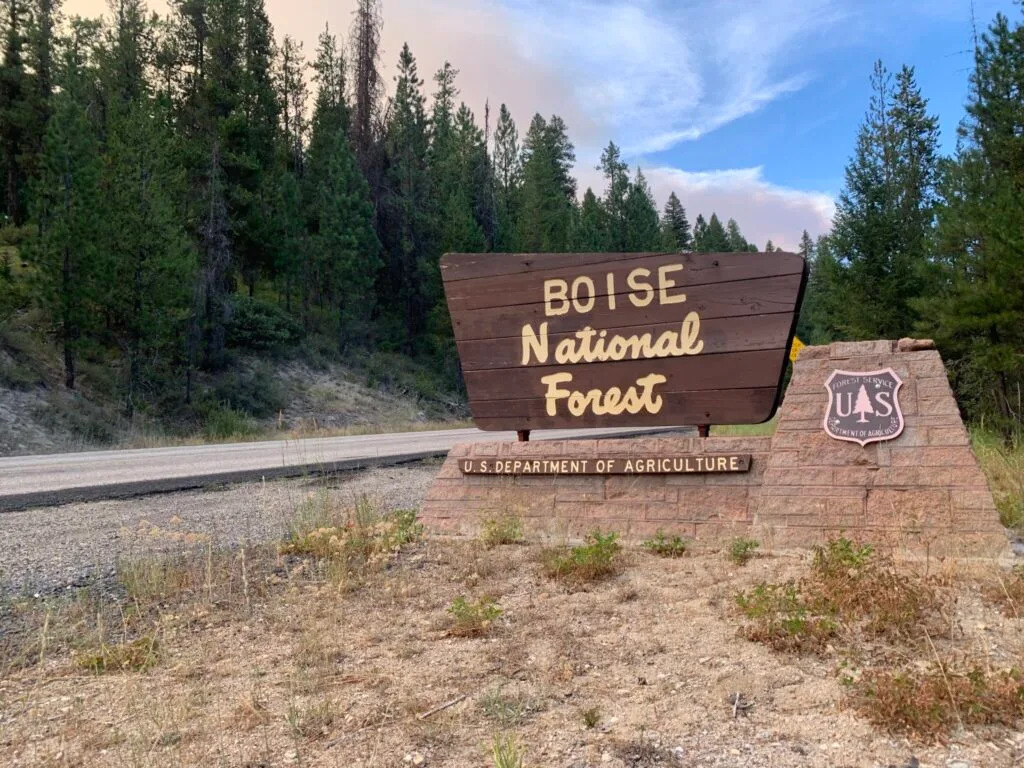
The restoration of a Black business hub founded by the first Black architect in the United States is in the works.
Located in the Civil Rights District of Birmingham, Alabama, the Prince Hall Masonic Temple served as historic hub for Black businesses during the Jim Crow era. Established in 2022 by Robert Robinson Taylor, the aforementioned Black trailblazer in architecture, the Renaissance-Revival style building offered Black organizations and professionals the opportunity to service Black patrons within Birmingham.
Its particular directory and services led to its nickname of the “Black Skyscraper,” according to the National Parks Service. Although originally a temple for Freemasonry, its eight stories granted an office space for the National Association for the Advancement of Colored People (NAACP) as well as the Booker T. Washington Library, the first of its kind in Birmingham to allow Black people.
“The vision was to not only have this be a building for the Masons, but for the larger community,” explained Llevelyn Rhone, director of Direct Invest Development, to WHBM. “A place where you could get those services that you were unwelcome to in other parts of the city at the time.”
Among its rooms filled dental and doctor’s offices, and even spaces for entertainment such as a bowling alley and pool hall. Black seamstresses and cobblers could establish work there, while Black people could even sit anywhere within its 2,000 seat auditorium, a rare occurrence during that time.
“If they sat in the balcony of the auditorium, it was by choice, not because they had to,” shared Corey Hawkins, the grand master of the Most Worshipful Prince Hall Grand Lodge of the Free and Accepted Masons of Alabama. “African Americans could enter the front door of the building and not the back door.”
However, economic shifts plagued the country and the temple, leading to the business hub shutting down in 2011. Although gone for over a decade, its legacy and upliftment of Black entrepreneurs remain felt, resulting in the current revival efforts.
The project will take an estimated three years to complete, with expected costs upwards of $30 million. They hope to follow the same communal spirit that fostered its initial construction in 1922, as the surrounding Black community raised the then-costs of $658,000 to fund the venture.
“It’s time for us to pay back and to serve the temple and give it a restoration that will bring it back to its heyday,” added Hawkins.
Its restoration will not only honor the architect, but also the building’s 100-year legacy within Birmingham and Black history. Historic District developers intend to maintain as much of its original structure as possible.
RELATED CONTENT: Here’s How Oklahoma’s Black Entrepreneurs Are Rebuilding ‘Black Wall Street’







Comments